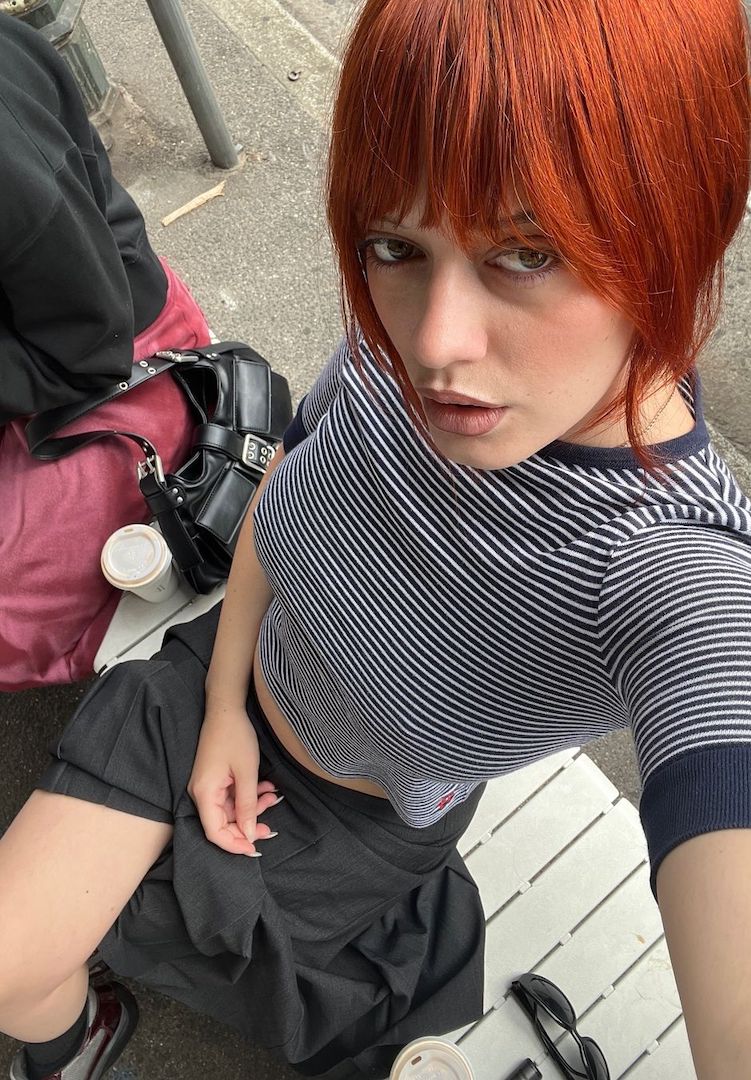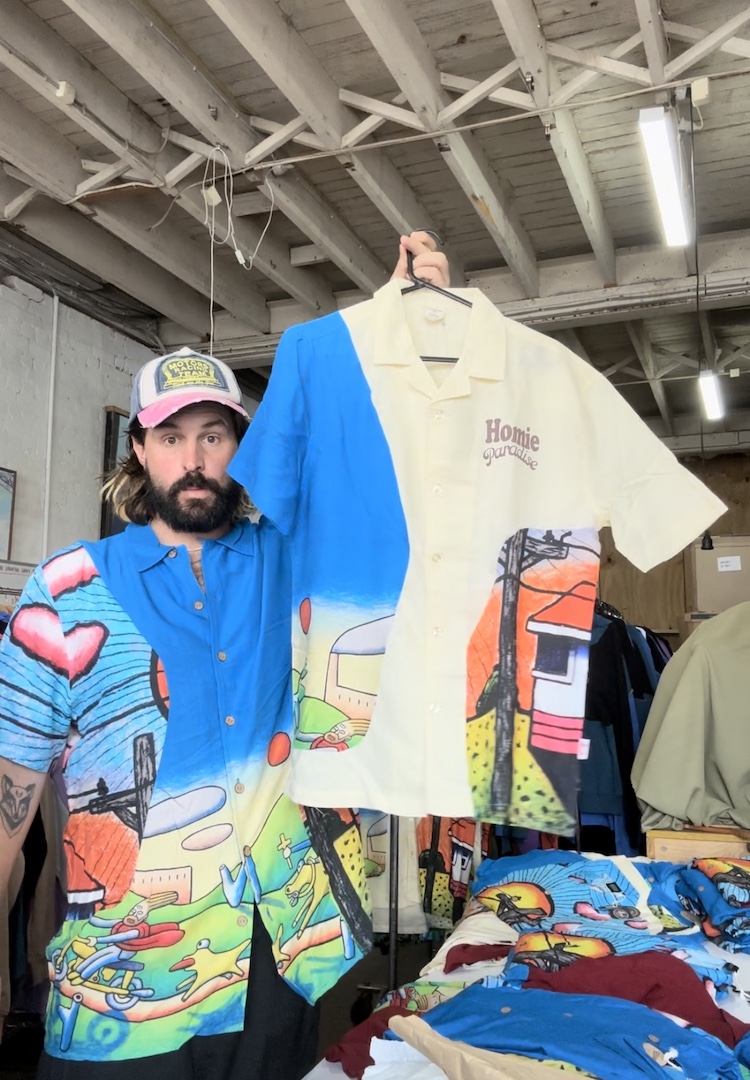What it’s like to have COVID-19 as a fit and healthy 20-something-year-old
WORDS BY KATE STREADER
A firsthand account of what it’s really like to have coronavirus.
Usually, waking up with a cough or blocked nose in the mid-year months would barely warrant so much as a second thought. It’s something we Melburnians come to expect as winter rolls around each year. But, amidst a global pandemic, even a slight throat tickle comes with a side of anxiety. Is it just a common cold or do I have coronavirus?
On July 10, I felt the first inklings of a sore throat and a cough. As someone who tends to sleep with their mouth open, waking up with a sore throat in winter is as much a part of my morning routine as coffee and oats, so I didn’t think much of it.
That was until it came to my attention later that morning that I was a close contact of a suspected case of COVID-19.
I won’t go into any specifics out of respect for that person’s privacy. All I’ll say is that my contact with this person was not social in nature and that it was unavoidable.
The nature of this virus and how it spreads means that unless everyone is doing the right thing, we are all susceptible. So, despite abiding by social distancing rules and adhering to the advice of the Department of Health and Human Services throughout this pandemic, I was not immune to contracting COVID-19 and neither are you.
So, on that Friday morning, armed with the knowledge that I’d likely been in contact with the virus, I put on my mask and took myself to the nearest testing site.
Over the coming days, a few things happened: my symptoms worsened, the suspected case became a confirmed case and my test results came back negative.
By Wednesday July 15, my cough had become persistent, I’d developed symptoms consistent with a nasty head cold and I was suffering from daily headaches.
I’m not talking a dull, nagging headache, either. These headaches seemed to manifest behind both eyes as well as emanating from my forehead and temples. By the end of each day, the headache would spread down to my cheeks and jaw. Essentially, it felt like I was wearing a mask made of pure pain.
So, on the advice of the DHHS, I returned to my nearest testing site for round two. This time, it returned positive.
My first testing experience had been uncomfortable, but it was quick and painless. However, I’d become so sick by the time I was retested that it felt like a five-minute-long torture procedure, rather than three quick swabs that probably lasted less than 30 seconds in total.
If you haven’t been tested, it involves a throat swab and two nasal swabs in which the healthcare worker takes a very long Q-tip and inserts it so deeply into your nose, it feels like the end is poking your brain.
Having this done while suffering from a myriad of symptoms relative to my head, mouth and nose caused me to involuntarily gag, cough and shed a few reactive tears.
The headaches lasted for about a week and a half and the only thing that seemed to offer the slightest reprieve was to close my blackout blinds, turn off the lights and lay in total darkness. The pain also made it extremely difficult to concentrate and sleep.
In addition to the headaches, I was suffering from a brain fog that completely blanketed my consciousness in a haze to the point that my memory of the past few weeks feels like a strange blur and I frequently found myself forgetting things and losing track of what I was doing while I was doing it.
At this point, I was also now suffering from total body aches and a lack of energy. Just sitting upright was both painful and draining.
Still, at this stage, I considered myself pretty lucky if this was the thick of it (spoiler: it wasn’t). I’ve spoken to people my age who suffered from fevers and a complete loss of taste and smell as a result of COVID-19. Then, of course, there are the more severe cases that result in hospitalisation.
In my case, week two is where things took a savage turn.
By day eight, it felt like there was a weight on my chest squashing all the air out of my lungs. The act of breathing now felt manual rather than automatic. I spent the next five days in bed, only getting up to use the kitchen or bathroom.
Prior to contracting COVID-19, I was quite fit and active. I’d run or walk 5-8km every day as well as doing 30 minute HIIT or weight sessions in my backyard most days.
In the second week of having COVID-19, I felt out of breath constantly. I had to shower sitting down because I was so exhausted and would still wind up short of breath from the effort it took to wash my hair.
The ten steps from my bed to my kitchen had become my Everest and simple tasks like making a cup of tea or bending down to pet my rabbit put my lungs into overdrive.
By now, my appetite was basically non-existent. Most days I’d force down my first meal of the day (usually some kind of vegetable soup as that’s all I could stomach) around 3-4pm just to stop my stomach from rumbling, despite having no desire to eat anything.
My cough had also become much more severe. For the most part, it was a dry cough which felt as though I was trying to dredge up something from the depths of my lungs that wasn’t there. My ribs, stomach and chest ached and, much like the headaches, it made sleeping near-impossible.
At the time of writing, it’s been 18 days since I first developed symptoms. I am still experiencing some breathing problems and chest pains, but my other symptoms seem to have abated. I am still in mandatory self-isolation until the DHHS clears me, at which point I will have spent the vast majority of July confined to my house.
This is not intended to be a woe-is-me sympathy-grab. I recognise that I am privileged to have access to free healthcare, a job which allows me to work from home and take paid sick leave, friends and family who were able to deliver food, medicine and other essentials to my doorstep and a variety of other factors that made this experience exponentially more manageable than it is for a lot of people who do not have these luxuries.
Instead, I’m hoping my account of what it’s like to have COVID-19 will serve as a warning to anyone currently disregarding the rules because they think being within a certain age bracket and having no underlying health conditions means contracting this virus will be no worse than coming down with the common cold.
Not only is coronavirus physically debilitating, even in cases that are deemed ‘mild’, but it causes immeasurable mental distress. This virus is unpredictable and we are yet to see the long-term effects of the havoc it wreaks on the body.
I’ve read countless, haunting accounts of young, healthy people who are still suffering symptoms of COVID-19 months after contracting the virus and there have been several documented cases of people thinking they’d recovered only to take a horrible turn that lands them in hospital.
So long as people continue to flout the rules, we will all suffer the consequences and we will continue to see lockdowns and strict social distancing rules that disrupt our lives and prevent a return to normalcy.
As much as you miss socialising, dating or whatever it is you deem worth risking the health of yourself and everyone around you, I can assure you that you’ll miss your ability to breathe easily much more.
And, you’re going to feel like a real asshole when you spend an hour on the phone to a contact tracing agent retracing your every step across the two weeks prior to testing positive and having the government contact everyone you’ve seen during your infectious period to tell them they need to get tested and isolate for two weeks.
So do the right thing and stay at home.
This article originally appeared on Beat.










